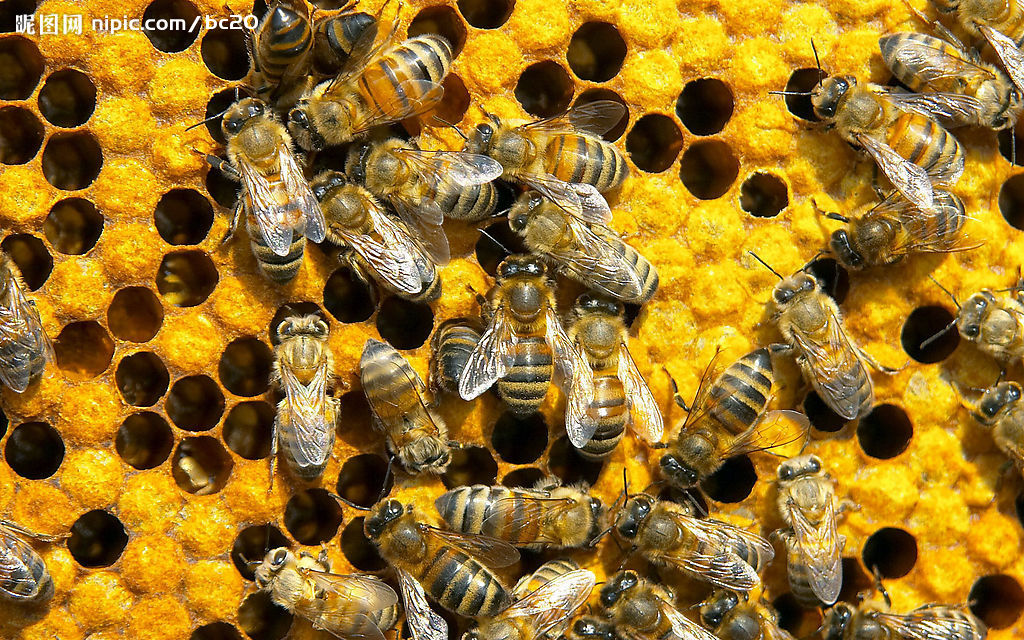Widespread exploitation of the honeybee by early Neolithic farmers |

图片来源:百度图片
人类至少从9000年前开始就在使用包括蜂蜜在内的蜂产品了。11月12日在线发表于《自然》的一则研究指出。一直以来,人类与蜜蜂之间的关系是通过古埃及的图画、岩画和蜂蜡推测的,但科学家并不清楚早期农民和蜜蜂之间的关系是从何时开始的。
蜂蜡由复杂的脂质组成,成分高度稳定,可以用作包括陶器在内的考古文物的化学指纹,并作为蜜蜂存在的指标。英国布里斯托尔大学Mélanie Roffet-Salque和研究团队通过从6400个陶罐上收集的脂质残留物,建立了史前蜜蜂与欧洲、中东和北非地区农民之间关系的图谱。
研究人员表示,最古老的蜂蜡证据来自小亚细亚的新石器时代遗址,可以追溯到公元前7000年,同时研究团队还找到了人类在北非利用蜜蜂的最早证据。
穿越丹麦北纬57度线以北的新石器时代遗址缺乏蜂蜡的证据,这可能意味着当时蜜蜂的自然出现存在生态界限,此界限可能和苛刻的高纬度环境有关。这项研究首次提供了对蜜蜂这种兼具经济和文化重要性昆虫的基于生物大分子的古生态地图,表明人类和蜜蜂之间的合作关系可以追溯到农业的起源时期。
来源:中国科学报 鲁捷
Abstract
The pressures on honeybee (Apis mellifera) populations, resulting from threats by modern pesticides, parasites, predators and diseases, have raised awareness of the economic importance and critical role this insect plays in agricultural societies across the globe. However, the association of humans with A. mellifera predates post-industrial-revolution agriculture, as evidenced by the widespread presence of ancient Egyptian bee iconography dating to the Old Kingdom (approximately 2400 BC)1. There are also indications of Stone Age people harvesting bee products; for example, honey hunting is interpreted from rock art2 in a prehistoric Holocene context and a beeswax find in a pre-agriculturalist site3. However, when and where the regular association of A. mellifera with agriculturalists emerged is unknown4. One of the major products of A. mellifera is beeswax, which is composed of a complex suite of lipids including n-alkanes, n-alkanoic acids and fatty acyl wax esters. The composition is highly constant as it is determined genetically through the insect’s biochemistry. Thus, the chemical ‘fingerprint’ of beeswax provides a reliable basis for detecting this commodity in organic residues preserved at archaeological sites, which we now use to trace the exploitation by humans of A. mellifera temporally and spatially. Here we present secure identifications of beeswax in lipid residues preserved in pottery vessels of Neolithic Old World farmers. The geographical range of bee product exploitation is traced in Neolithic Europe, the Near East and North Africa, providing the palaeoecological range of honeybees during prehistory. Temporally, we demonstrate that bee products were exploited continuously, and probably extensively in some regions, at least from the seventh millennium cal BC, likely fulfilling a variety of technological and cultural functions. The close association of A. mellifera with Neolithic farming communities dates to the early onset of agriculture and may provide evidence for the beginnings of a domestication process.



 位访客
位访客